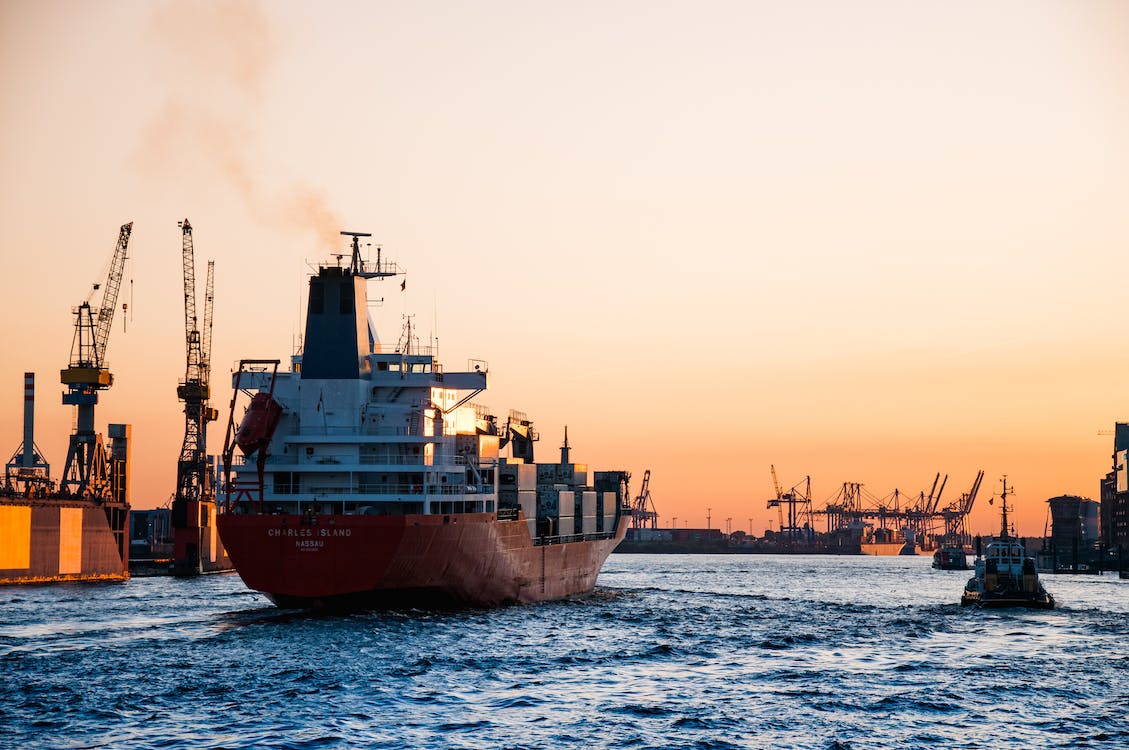According to a recent market research report published by Extrapolate, the global freight market will reach USD 251.1 billion by 2030. Its growth is driven by increasing demand for integrated transport services and the development of international trade. The market is driven by the expansion of bilateral trade agreements between countries and the role of freight services as an integrated service provider to trade customers.
The introduction of digital solutions and technological developments are driving the growth of the freight market. Freight forwarders are using technology to streamline operations and provide more efficient and cost-effective services, including shipment tracking software, automated customs clearance and real-time updates to customers.
The freight market is also driven by the growth of e-commerce and online retailing. As consumers increasingly choose to shop online, the demand for timely and reliable delivery of goods is growing. Freight forwarders are ready to meet this demand by offering comprehensive logistics solutions for e-commerce businesses.
Ocean trade to account for the largest market share thanks to infrastructure modernisation
The Extrapolate study concludes that the ocean segment of the global freight forwarding market is experiencing rapid growth due to factors such as increasing internet penetration, rising consumer spending power and modernisation of port infrastructure, containers and ships. Various end-user industries are turning to ocean freight forwarding due to cost-effective transport solutions and growing strategic alliances. The growth of e-commerce companies is also positively impacting the market, especially in support of less-than-container-load shipments.
Documentation and favourable trade agreements are contributing to the growth of the freight market
Customs documentation and favourable trade agreements in the freight market have helped to improve the delivery of integrated services to customers. The increase in bilateral trade agreements is contributing to market expansion. There is a wealth of opportunities among industrialised countries, with increasing digitisation and efficiency of operations.
For example, the United States and Morocco, Brazil, and the European Union and Japan have concluded reciprocal trade agreements that are creating a boom in opportunities. Germany has also documented cars as the most traded commodity, with a market share of almost 19.3% of the USD 122.3 billion worth of cars exported.
Europe and North America experience exponential growth with global industrialisation and increasing trade activity
Europe is expected to lead the global seaborne freight market due to the presence of key players and technological advances in the region. The expansion of industrialisation and increasing development in different European countries are driving the growth of the sector. In addition, the growing popularity of e-commerce portals creates positive growth prospects for the region.
North America is also emerging as a fast growing market, driven by the increase in US exports and imports. The region is experiencing strong growth thanks to the world’s largest economy, the United States, which accounts for almost one fifth of world GDP. The region is also home to major market players, making the US a trading hub with many trading partners.
The global seaborne freight market is expected to reach USD 86.97 billion by 2028
According to a report published by Extrapolate, the global seaborne freight market is expected to reach USD 86.97 billion by 2028, driven by increasing cross-border e-commerce between trading countries, rising heavy cargo traffic and favourable government policies.
The ocean freight forwarding market is responsible for the transportation of goods via water and is a cost-effective option for trade activities. Strategic partnerships and the efficiency of water transport are also contributing to the growth of the sea freight market. According to the World Trade Organisation, sea freight is the backbone of global supply chains, accounting for more than 80% of total world trade.
Competition fosters industry development
The seaborne freight market has also experienced significant growth in recent years due to new entrants such as Kuehne + Nagel, Sinotrans, DHL and DB Schenker. Kuehne + Nagel International AG, a German company headquartered in Switzerland, is currently the leading player in the market, handling around 4.8 million twenty-foot equivalent container units.
Increasing trade volumes and demand for low-cost and efficient transport solutions have fuelled the growth of the ocean freight market, making it a highly attractive sector for new entrants.
Author: Rolands Petersons, logistics expert



